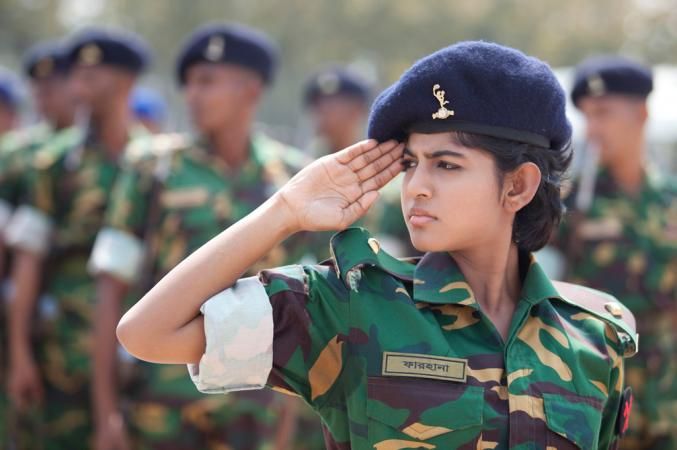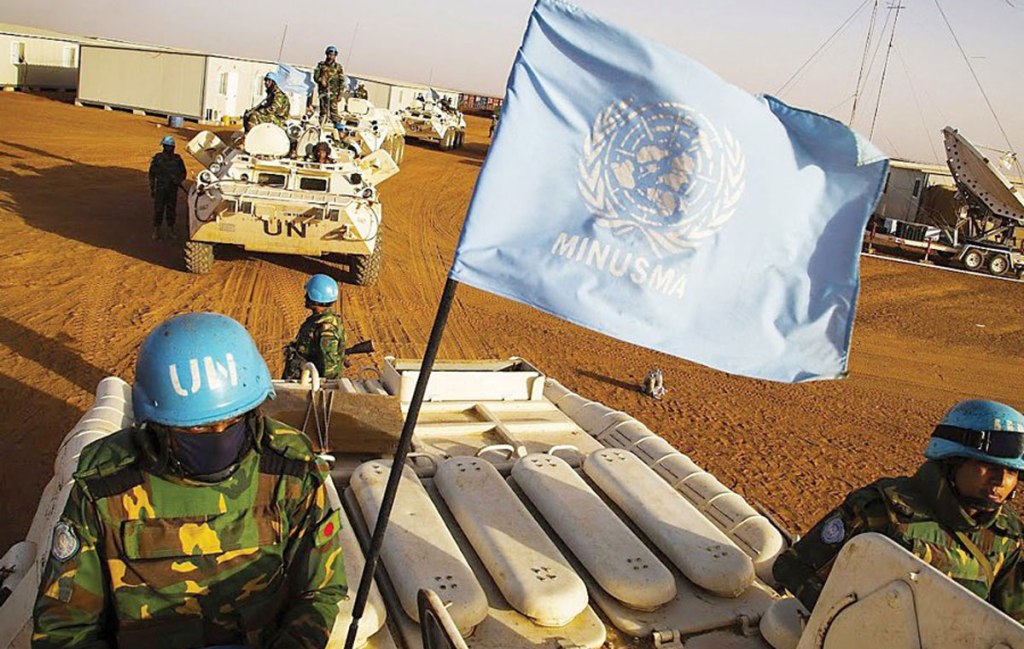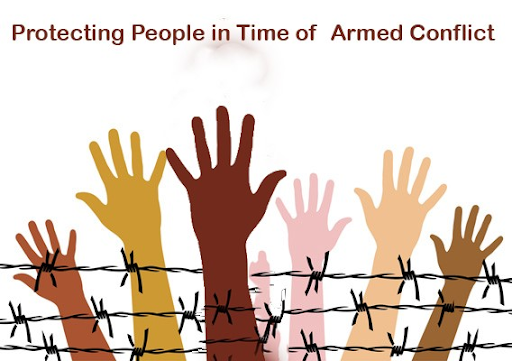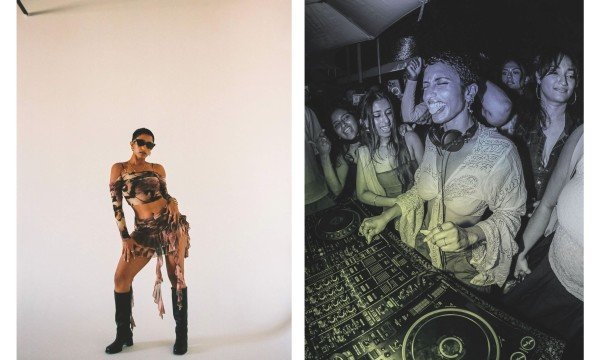
When we think of armed forces and the military, some of us are inclined to think that armies are ruthless individuals deployed during times of conflict to “protect” civilians.
Others are reminded that armies are beacons of hope and restoration, salvaging war zones as peacekeepers.
What is most interesting and often forgotten is that many armies, globally, are veterans well renowned for their significance in international, humanitarian law. Armies are often deployed to limit the effects of armed conflict; with a focus on protecting communities and countries at large who are no longer participating in hostilities and restrictions of methods of warfare.
International humanitarian law is the war of armed conflict, applicable to armed conflict. Unsurprisingly, such legalisation is legally binding on all Member States who adhere to humanitarian law; paying homage to the increments of the United Nations Charter.
Operational origins
Many nations worldwide share a collective concept that armed forces serve to protect the country at hand, and their best interests. Where there is armed conflict, the overall objective is to win. Sadly, brutality can lead to mass loss of citizens, culture, communities and cities. A Soldier’s Guide to the Law of Armed Conflict (Army Code 71130, February 2005) affirms that “armed conflict is not a gentle business; it involves death, injury, destruction, loss of liberty, changes in a way of life, sorrow, personal hardship and discomfort”.
International humanitarian law is reflected and encompassed within the UN Charter, forbidding the use or threat of force in international relations, save under a United Nations mandate or as individual or collective self-defence when an armed attack occurs.
A major part of international humanitarian law is contained within the Geneva Conventions, 1949. The Geneva Conventions and their Additional Protocols are international treaties that contain the most important rules limiting the barbarity of war (ibid). 74 Member States, comprising of a majority of the world’s leading nations are signatories to the Convention, thus making them bound to the agreement. Further, it is now widely accepted that many provisions of international humanitarian law are customary law, meaning they are general rules by which all States are bound by.
What strikes me is that if most of the world’s leading nations are signatories for leading Convention protocols and that the United Nations offer a prevalence in times of armed conflict; who is held accountable for gross human rights violations that occur, undeniably, in almost every war that has taken place since such legislative measures have taken shape?
What is interesting is that international humanitarian law only applies to armed conflict and therefore internal tensions or isolated acts of violence cannot fall within this category. This umbrella of law applies only once conflict has begun.
Imprinted impunity?
The United Nations Human Rights Office of the High Commissioner’s (OCHR) International Legal Protection of Human Rights in Armed Conflict (2011) account:
“In recent decades, armed conflict has blighted the lives of millions of civilians. Serious violations of international humanitarian and human rights law are common in many armed conflicts. In certain circumstances, some of these violations may even constitute genocide, war crimes or crimes against humanity.”
International humanitarian law is described as a set of rules to limit the effects of armed conflict and embody safeguarding as many human rights principles as and where possible. It is considered part of “ius in bello”, meaning the law on how force may be used; distinguished from “ius ad bellum”, which is the law on the legitimacy of the use of force. Accordingly, the use of force is prohibited under the United Nations Charter. Though somewhat contradictory, as it would appear that the two go hand in hand, in recent times, international human rights law and international humanitarian law are considered to be complementary sources to one another, outlining the obligations in situations of armed conflict that need to be read in conjunction and not in isolation as separate entities.
This was reinforced by the Human Rights Council in its resolution 9/9 (Resolution 9/9. Protection of the human rights of civilians in armed conflict), whereby the Council reinforced that all human rights protection is required equally and that protection provided by human rights law continues into armed conflict.

Troubled twofolds
As a young Sri Lankan woman, my roots are embedded in a country where a Civil War of over 26 years swept across the island. Similar to Sri Lanka, it is sadly common knowledge that many countries which endure countless years of civil war all share a common notion: a struggle between parties to power, to be the “best”. What the UN stress upon is that a Member State, i.e. a country, and a group in opposition, i.e. non-State armed groups, are both required to abide by international humanitarian law and international human rights obligations. This is highlighted in Resolution 1894 (2009), where the Security Council affirmed that:
“While recognising that States bear the primary responsibility to respect and ensure the human rights of their citizens, as well as all individuals within their territory as provided for by relevant international law, reaffirms that parties to armed conflict bear the primary responsibility to take all feasible steps to ensure the protection of civilians, and demands that parties to armed conflict comply strictly with the obligations applicable to them under international humanitarian, human rights and refugee law.”
In other words, no party to armed conflict is exempt to the very organ of society, the Universal Declaration of Human Rights and what it stands for in protection of every civilian’s rights and freedoms.
Impunity should not be freely enjoyed by global army personnel and I strongly feel that education is key here: if a greater emphasis is placed on educating all parties of armed conflict that humanitarian law and human rights law are twofold and a twosome, perhaps excessive violence can be curtailed. The element of gross violations of human rights and serious violations of humanitarian law could entail individual criminal responsibility, including for violations committed by members and leaders of non – State armed groups. I feel that this individual sense of onus will impeach one to refrain from misconduct.
My two cents…
International humanitarian law and operational law, governing the law of armed conflict, when correctly articulated in a country’s approach can effectively limit the amount of armed conflict a country may endure.
The Geneva Convention does stress that only “imperative military necessity” can justify relief personnel, which must be temporary in any event (API, Art 71 (3)). If all parties to armed conflict are educated and equipped with sanctity and sanctions, perhaps we would see a less innocent civilians being caught in the fire of violence.

This article is written with information correct as at 4th August 2020

























